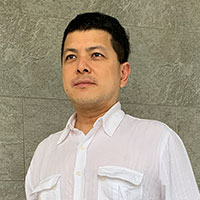KOTA KINABALU: During the Cold War between the Western camp led by the United States and the Eastern camp led by the former Soviet Union, the two superpowers often engaged in proxy wars around the globe. Fundamentally, they were superpowers not only because they had tremendous industrial bases but also because they possessed nuclear weapons that far exceeded any other nuclear power, which could destroy the Earth not once but many times over. So, if the two superpowers engaged in direct wars against one another, there was a possibility of rapid escalation into a full-fledged nuclear war that saw both sides lobbing nuclear-armed missiles at each other in what was called "mutually assured destruction," annihilating one another as a result.
But the two Cold War camps had their respective lesser and perhaps not all too happy camp fellows. The Soviet Union, for example, planted a number of satellite countries in Eastern Europe, which came together under the Warsaw Pact led by, unsurprisingly, the Soviet Union. Most, but not all, Western European countries also came together under the North Atlantic Treaty Organization led by the US, although they retained a much higher degree of sovereignty than their Eastern European counterparts. As war between Eastern and Western European countries would also automatically trigger respective treaty obligations by the Soviet Union and US to come to their rescue and therefore result in direct confrontation between the two superpowers with the aforementioned nuclear implication, there was largely peace being maintained in Europe during the Cold War period.
Continue reading with one of these options:
Ad-free access
P 80 per month
(billed annually at P 960)
- Unlimited ad-free access to website articles
- Limited offer: Subscribe today and get digital edition access for free (accessible with up to 3 devices)


